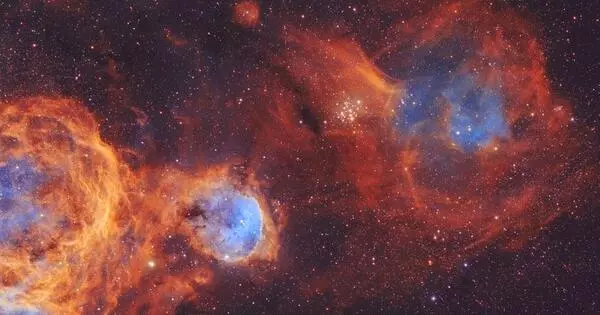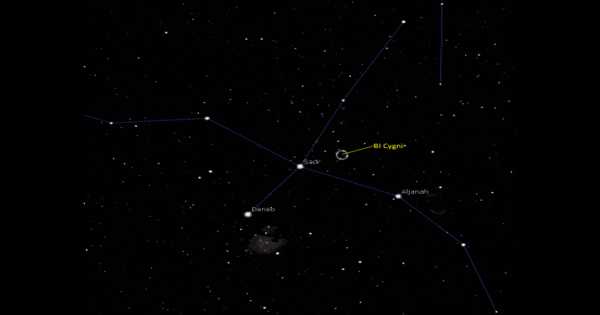The Carina Nebula is a large and bright celestial object located in the southern hemisphere, in the constellation of Carina. It is a large, complex area of bright and dark nebulosity in the constellation Carina, located in the Carina–Sagittarius Arm of the Milky Way galaxy. It is considered one of the largest and most active star-forming regions in our Milky Way galaxy, with an estimated size of about 260 light-years across. The nebula is approximately 7,500 light-years (2,300 pc) from Earth.
The Carina Nebula is home to a number of bright stars, including several O-type stars, which are some of the most massive and luminous stars known. These stars are responsible for ionizing the surrounding gas, creating the beautiful and colorful clouds of gas and dust that we see in images of the nebula.
The nebula contains the large Carina OB1 association and several related open clusters, as well as numerous O-type stars and Wolf-Rayet stars. The star clusters Trumpler 14 and Trumpler 16 are included in Carina OB1. At half a million years old, Trumpler 14 is one of the youngest known star clusters. Trumpler 16 is home to WR 25, the most luminous star in our Milky Way galaxy, as well as the less luminous but more massive and well-known Eta Carinae star system and the O2 supergiant HD 93129A. The association also includes Trumpler 15, Collinder 228, Collinder 232, NGC 3324, and NGC 3293. NGC 3293 is the oldest and farthest away from Trumpler 14, indicating that star formation is sequential and ongoing.

The nebula is one of the most massive diffuse nebulae in our galaxy. The Carina Nebula, which is four times larger and brighter than the famous Orion Nebula, is much less well-known due to its location in the southern sky. Nicolas-Louis de Lacaille discovered it from the Cape of Good Hope in 1752.
As part of the release of the James Webb Space Telescope’s first official science images, the Carina Nebula was chosen as one of five cosmic objects observed by the telescope. The Cosmic Cliffs, an early star-forming region of NGC 3324, was imaged in detail.
In addition to its stunning appearance, the Carina Nebula is also a valuable object of study for astronomers, who use it to learn more about how stars form and evolve. By observing the different stages of star formation within the nebula, scientists can gain insight into the processes that shape our galaxy and others like it. Overall, the Carina Nebula is a magnificent and awe-inspiring object that continues to captivate astronomers and the general public alike.
















